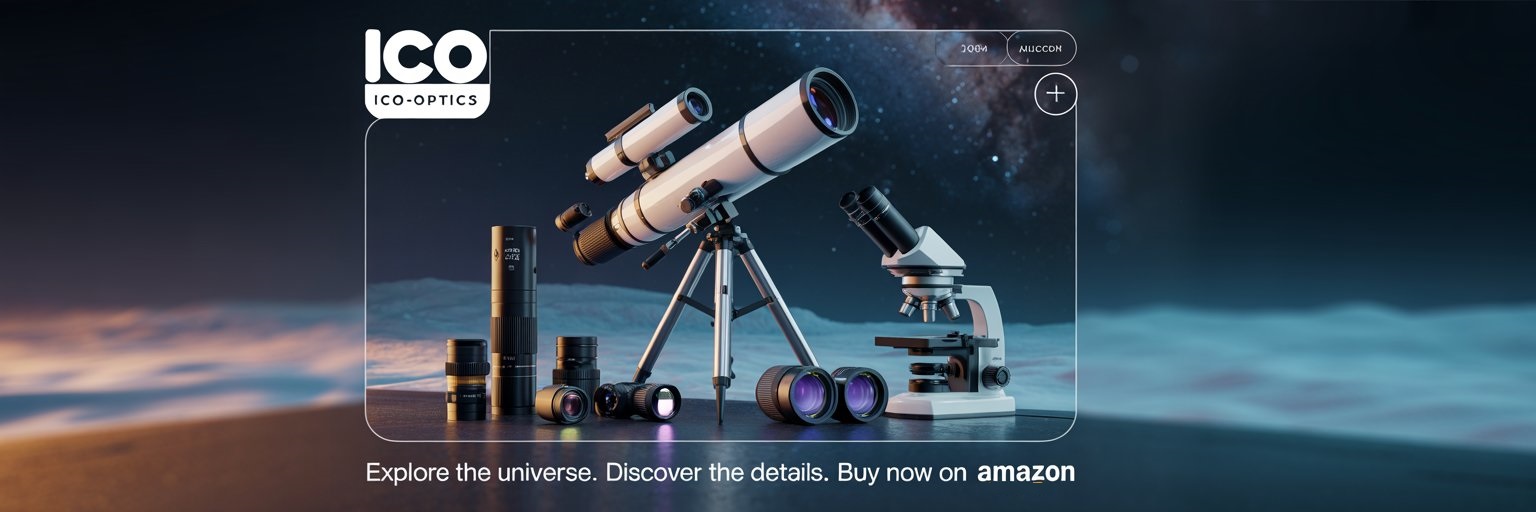Scientists at the National Institute of Standards and Technology (NIST) have made a breakthrough in measuring gas pressure using optical methods. Their approach involves passing light beams through gas and analyzing how the gas slows down the light.
By combining thermodynamics and quantum theory, NIST researchers introduced a new standard called the “optical pascal.” This could shake up how industries measure pressure. Let’s dig into what makes this work so interesting and why it matters.
Innovating Pressure Measurement: From Mechanics to Optics
Traditional pressure measurement relies on classical mechanics. Devices like manometers or calibrated sensors have been industry staples for decades.
But these methods aren’t perfect. They’re prone to uncertainty and require costly, regular calibration. NIST’s optical approach shifts the focus, using how light interacts with gases to determine pressure instead.
How Light Can Measure Pressure: The Science Behind the Breakthrough
The core of this optical method is the refractive index of gases. When light passes through a gas, its speed changes depending on the gas’s density.
Higher pressure means more gas molecules, which bumps up the refractive index. By measuring how much the light slows down, researchers can figure out the number of atoms in the gas—and, from there, its pressure.
One big hurdle stuck around for years: instrument distortion when measuring at a single wavelength. To tackle this, NIST researchers Patrick Egan, Jack Stone, and Yuanchao Yang used two different wavelengths of light at the same time.
This clever move let them cancel out distortions and accurately calibrate argon’s polarizability, which is how the gas affects light. Their work was published in Physical Review Applied on June 17, 2025. It’s a pretty big deal for the field.
The Optical Pascal: A New Standard in Measurement
NIST’s research led to the “optical pascal,” a new way to measure pressure. It ditches mechanical calibration tools entirely.
Using argon gas as the standard, the optical pascal brings reliability and precision. Argon is easy to handle and common, making it a practical choice for industry.
Advantages of the Optical Approach
The optical pascal comes with some clear benefits:
- Cost Efficiency: Industries don’t have to send devices to NIST for calibration anymore, which saves money and time.
- Reduced Uncertainty: Quantum theory boosts accuracy and cuts down on errors.
- Scalability: The method works for everything from chip manufacturing to petroleum refining.
Potential Applications Across Industries
The optical pascal could change the game for dozens of industries. In petroleum refining, for example, precise pressure readings keep equipment like catalytic crackers running safely and efficiently.
Aircraft altimeters—which use pressure readings to measure altitude—might also get a reliability boost from the optical method.
Impact on Microchip Manufacturing
Microchip manufacturing stands out as an exciting application. Tiny pressure changes can mess with semiconductor production, and current methods just aren’t precise enough.
The optical pascal could tighten up these processes and help improve yields. With technology moving so fast, this could be a key tool for keeping microchip production consistent and high-quality.
Looking Ahead: Adoption Across U.S. Industry and Academia
The optical pascal is set up for broad adoption in both industry and academia. Big industries will likely jump on board for its practicality, and researchers can push the method even further.
By standardizing argon-based measurements, NIST has set the stage for future innovations in pressure measurement. Honestly, it’s a pretty exciting time for anyone working with precision measurements.
Transforming Scientific and Industrial Practices
NIST’s breakthrough is shaking up the way we calculate pressure and boosting efficiency in manufacturing. The optical pascal isn’t just a new standard—it’s proof of what happens when physics, thermodynamics, and quantum theory come together.
Industries are starting to adopt optical pressure measurement, and that could mean big jumps in accuracy and affordability. There’s a real sense that this tech will make things easier to access across a bunch of fields.
Here is the source article for this story: Research Under Pressure: NIST Scientists Make Definitive Measurement of the Optical Pascal

